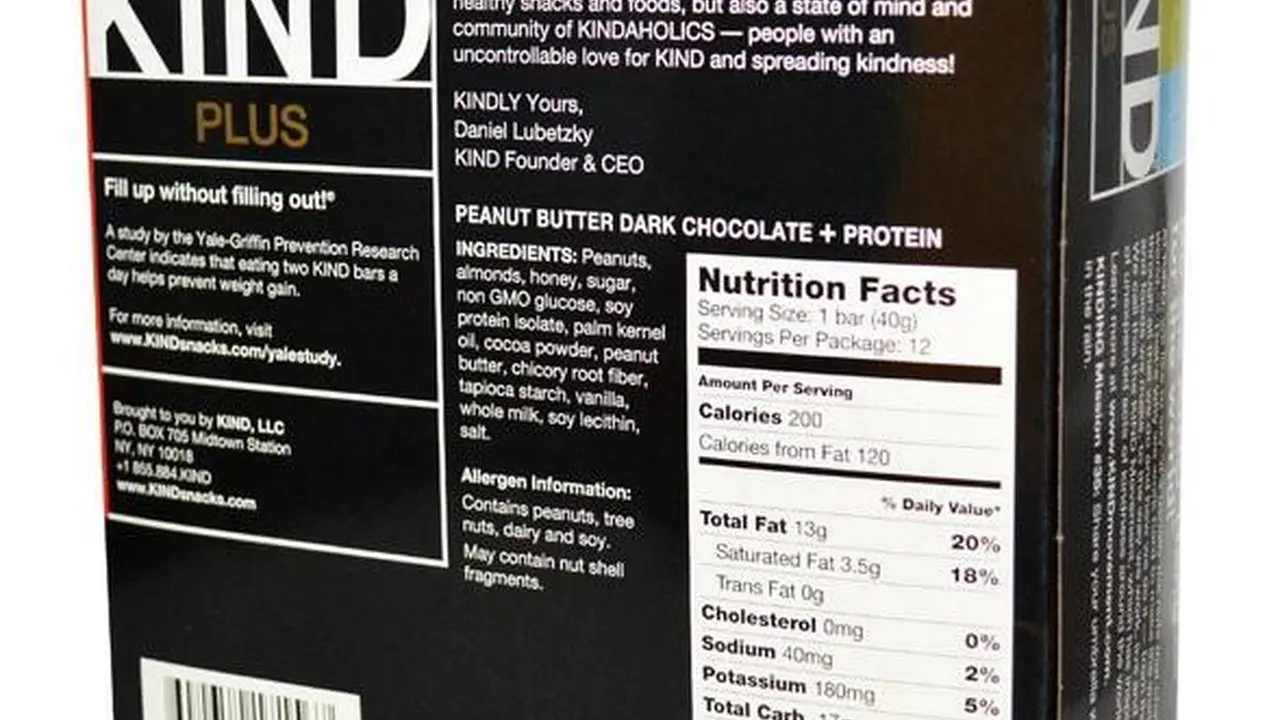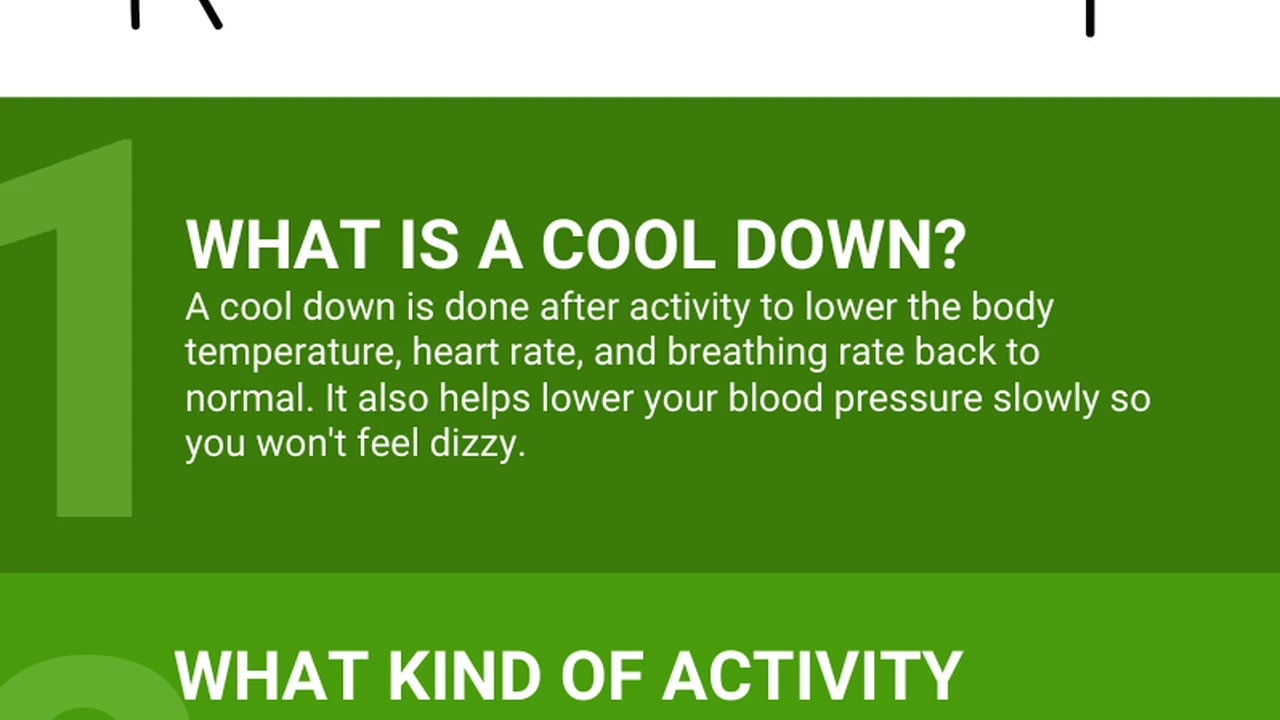How to Read Nutrition Labels Effectively
Sample meta description.

Understanding Serving Size and Servings Per Container
Okay, let's dive right in. The first thing you gotta look at on a nutrition label is the serving size. This isn't a suggestion, people! It's the amount of food the nutritional information is based on. Servings per container tells you how many of those serving sizes are in the whole package. So, if a bag of chips says "Serving Size: 1 ounce (about 15 chips)" and "Servings Per Container: 8," that means the entire bag contains 8 servings of 15 chips each. Simple math, right? Pay attention, because if you eat the whole bag, you're multiplying all the numbers on the label by eight! This is crucial for calorie counting and managing your intake of fats, sugars, and all that jazz.
Calories Calories Calories Know Your Numbers
Next up: Calories! This is the total energy you get from one serving of the food. It's usually listed in bold. Remember, everyone's calorie needs are different, depending on age, activity level, and metabolism. But knowing how many calories are in a serving helps you make informed choices. Keep an eye out for "Calories from Fat." While we now understand that not all fat is bad, it's still good to be aware of how much of your calorie intake is coming from fat, especially saturated and trans fats.
Decoding Total Fat Saturated Fat and Trans Fat
Speaking of fat, let's break it down. The label lists Total Fat, and then usually breaks it down into Saturated Fat and Trans Fat. Saturated fats and trans fats are the ones you want to limit. They can raise your cholesterol levels and increase your risk of heart disease. Unsaturated fats, like monounsaturated and polyunsaturated fats, are generally considered healthier. The label might not always list these specifically, but you can often find them in the ingredient list (think olive oil, avocados, nuts). The goal is to minimize saturated and trans fats and prioritize those healthier unsaturated fats.
Cholesterol and Sodium Understanding the Impact on Your Health
Cholesterol and sodium are two other important things to watch out for. High cholesterol levels can lead to heart disease, and too much sodium can raise your blood pressure. Most adults should aim to keep their cholesterol intake low and limit their sodium intake to less than 2,300 milligrams per day. Processed foods are often loaded with sodium, so be extra careful when reading labels on things like canned soups, frozen meals, and packaged snacks.
Carbohydrates Fiber and Sugar The Good The Bad and The Ugly
Carbohydrates are your body's primary source of energy, but not all carbs are created equal. The label lists Total Carbohydrates, which includes Fiber, Sugars, and other carbohydrates. Fiber is your friend! It helps you feel full, promotes healthy digestion, and can even help lower cholesterol. Sugars, on the other hand, are often added to foods to enhance flavor. Try to choose foods with lower amounts of added sugars and higher amounts of fiber. Pay attention to the "Added Sugars" line, which is now required on nutrition labels. This helps you distinguish between naturally occurring sugars (like those in fruit) and added sugars (like those in processed foods).
Protein The Building Block of Life
Protein is essential for building and repairing tissues, and it also helps you feel full. The label lists the amount of protein in grams per serving. Most adults need around 0.8 grams of protein per kilogram of body weight per day. So, if you weigh 150 pounds (about 68 kilograms), you'd need around 54 grams of protein per day. Good sources of protein include meat, poultry, fish, beans, lentils, and tofu.
Vitamins and Minerals Essential Nutrients for Optimal Health
The label also lists some of the key vitamins and minerals in the food, such as Vitamin D, Calcium, Iron, and Potassium. These nutrients are essential for overall health and well-being. The label lists the amounts as a percentage of the Daily Value (%DV). The Daily Value is the recommended amount of a nutrient that you should aim to get each day. A %DV of 5% or less is considered low, while a %DV of 20% or more is considered high. Use this information to choose foods that are rich in the vitamins and minerals you need.
The Percent Daily Value (%DV) A Quick Guide
That %DV number can be super helpful. It tells you how much of a nutrient a serving of food contributes to your overall daily needs. As a general rule, 5% DV or less is considered low for a nutrient, and 20% DV or more is considered high. So, if you're looking for a food that's high in fiber, aim for something with a %DV of 20% or more. Conversely, if you're trying to limit your sodium intake, look for foods with a %DV of 5% or less.
The Ingredient List What You Need to Know
Don't forget the ingredient list! This is where you'll find all the ingredients in the food, listed in descending order by weight. So, the first ingredient is the one that's present in the largest amount. The ingredient list can be a great way to identify hidden sugars, unhealthy fats, and artificial additives. Look for whole, unprocessed ingredients and avoid foods with long lists of unfamiliar ingredients.
Putting It All Together Making Informed Choices
Okay, so you've got all the pieces of the puzzle. Now it's time to put it all together and start making informed choices. When you're comparing two different products, look at the serving size, calories, fat, sugar, sodium, and fiber content. Choose the option that's lower in calories, saturated fat, trans fat, sugar, and sodium, and higher in fiber. Also, pay attention to the ingredient list and choose foods with whole, unprocessed ingredients.
Specific Product Recommendations and Comparisons
Yogurt Showdown: Greek vs. Regular
Let's talk yogurt. Greek yogurt and regular yogurt are both great sources of calcium and protein, but there are some key differences. Greek yogurt is strained to remove whey, which makes it thicker, creamier, and higher in protein. It also tends to be lower in sugar and carbohydrates than regular yogurt.
Product Recommendation 1: Fage Total 0% Milkfat Plain Greek Yogurt. This is a great option because it's plain, meaning it doesn't have any added sugars. You can add your own fruit, nuts, or honey to sweeten it up. A 7-ounce container typically costs around $1.50 - $2.00. Use it for breakfast with granola, as a base for dips, or in smoothies.
Product Recommendation 2: Chobani Less Sugar Greek Yogurt. If you prefer a little sweetness, Chobani Less Sugar is a good option. It still has a good amount of protein and calcium, but with less added sugar than traditional flavored yogurts. Prices range from $1.25 - $1.75 per cup. This is perfect as a quick and easy snack.
Comparison: Fage is great if you want complete control over the sweetness, while Chobani Less Sugar offers a convenient, slightly sweeter option. If you are watching your sugar intake closely, go with Fage and add your own healthy sweeteners like berries. For convenience and a touch of sweetness, Chobani Less Sugar is a solid choice.
Granola Bar Battle: Healthy Snack or Sugar Bomb?
Granola bars can be tricky. Some are packed with healthy ingredients like oats, nuts, and seeds, while others are loaded with sugar and unhealthy fats. It's all about reading the label!
Product Recommendation 1: KIND Bars (Dark Chocolate Nuts & Sea Salt). KIND bars are a popular choice, and for good reason. They're made with whole nuts, which offer healthy fats and protein. The Dark Chocolate Nuts & Sea Salt variety has a good balance of sweet and salty, and it's relatively low in sugar compared to other granola bars. Expect to pay around $1.50 - $2.00 per bar.
Product Recommendation 2: RXBAR (Peanut Butter). RXBARs are known for their simple ingredient lists. The Peanut Butter flavor contains dates, egg whites, peanuts, and a few other natural ingredients. They're high in protein and fiber, and they don't contain any added sugar. These usually cost around $2.00 - $2.50 per bar.
Comparison: KIND bars are a good option if you're looking for a slightly sweeter treat with a good balance of healthy fats and protein. RXBARs are a better choice if you're trying to avoid added sugar and prioritize protein and fiber. Consider KIND bars when you need a quick and satisfying snack, perhaps before a workout. Choose RXBAR when you need a protein boost after exercise or as a fulfilling meal replacement.
Cereal Selection: Starting Your Day Right
Cereal is a classic breakfast food, but many cereals are loaded with sugar and refined grains. Look for cereals that are high in fiber and low in sugar.
Product Recommendation 1: Cheerios (Plain). Plain Cheerios are a simple and healthy option. They're made with whole grain oats and are low in sugar. You can add your own fruit, nuts, or milk to customize your breakfast. A box of Cheerios generally costs around $4.00 - $5.00.
Product Recommendation 2: Kashi GO (Original). Kashi GO cereals are known for their high protein and fiber content. The Original variety contains a blend of grains, seeds, and nuts. It's a good way to start your day with a boost of energy and nutrients. These boxes typically cost $4.50 - $5.50.
Comparison: Cheerios are a great base for a healthy breakfast that you can customize to your liking. Kashi GO offers a more convenient option with a higher protein and fiber content. Cheerios are ideal for a daily, simple breakfast. Kashi GO is better for those looking for a sustained energy boost due to its high fiber and protein content, perhaps before a long day at work.
Navigating Confusing Claims Like "Low Fat" and "All Natural"
Be wary of marketing claims on food packaging. Terms like "low fat," "all natural," and "organic" don't always mean that a food is healthy. "Low fat" might mean that the food is high in sugar or sodium. "All natural" doesn't have a strict legal definition, so it can be used on foods that contain processed ingredients. And while "organic" foods are grown without synthetic pesticides and fertilizers, they can still be high in calories, sugar, and unhealthy fats. The best way to make informed choices is to read the nutrition label and ingredient list, regardless of the marketing claims on the front of the package.
Eating Out Smart Strategies for Healthy Choices
Reading nutrition labels is important at the grocery store, but what about when you're eating out? Many restaurants don't provide nutrition information, but there are still things you can do to make healthy choices. Ask about ingredients and preparation methods. Choose grilled or baked options instead of fried. Order smaller portions. And don't be afraid to ask for substitutions. For example, you could ask for steamed vegetables instead of fries, or a salad with dressing on the side.
Special Diets and Allergies Understanding the Label's Role
If you have a special diet or allergies, reading nutrition labels is even more important. Look for ingredients that you need to avoid, such as gluten, dairy, nuts, or soy. Pay attention to cross-contamination warnings, which indicate that a food may have come into contact with allergens during processing. And if you're not sure about an ingredient, it's always best to err on the side of caution and avoid the food.
ConclusionAlternative Ending
So, there you have it! Reading nutrition labels might seem daunting at first, but with a little practice, it can become second nature. By understanding what the numbers mean, you can make informed choices about the foods you eat and take control of your health. So next time you're at the grocery store, take a few extra minutes to read the labels. Your body will thank you for it!
:max_bytes(150000):strip_icc()/277019-baked-pork-chops-with-cream-of-mushroom-soup-DDMFS-beauty-4x3-BG-7505-5762b731cf30447d9cbbbbbf387beafa.jpg)






